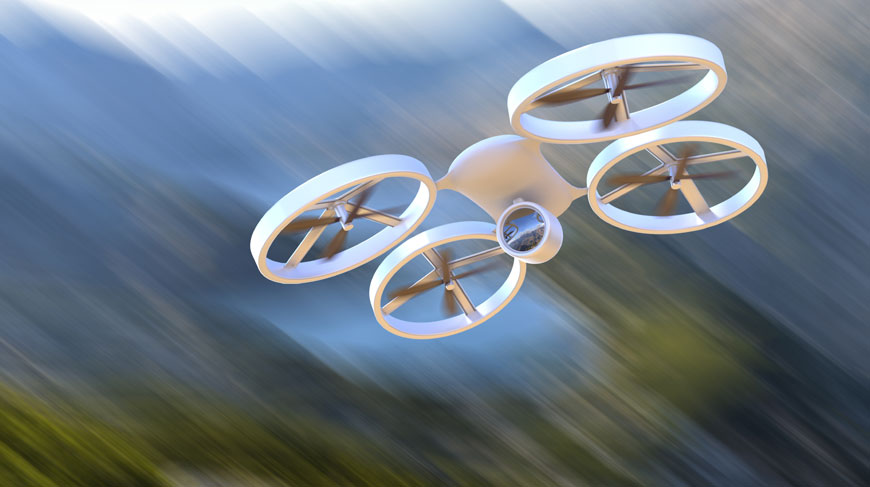Claims Tech to Watch in 2015

Hence, let’s review of the most exciting technologies that are becoming widely available in 2015 and can derive high returns of value in a very short amount of time.
Drones
With the FAA aggressively looking into opening a channel for licensing drone operation and allowing deployment of drones in the field, there are many opportunities to improve existing adjustment operations for roofs, hard to reach locations, and large areas of damaged territories.
Though there may still be many limitations in controlling the device within a line of sight of communication and in acceptable weather conditions, drones can still provide substantial amount of value in certain scenarios.
Having an early indication that FAA is making more headway would enable application of drones within a much larger set of scenarios in the field. This effort will not only help derive where drones are best applied, but would also allow identifying which of the scenarios can be the most cost effective for drone application.
Real-time Visual Communications
Mobile devices in the hands of the customers are now a lot more powerful and capable. High quality cameras, strong bandwidth speeds, and high amount of processing power enables businesses to expand the interaction with customers to see what the customer sees. This means that within claims, the information on the size, scope, and type of the damage can be collected from the policyholder without having to dispatch the feet on the ground to validate and handle the claim.
Applying real-time visual communications to the claims process is a very powerful approach that provides an enhancement to the most complicated and expensive unscalable operation, deployment of physical resources across a large area. With many carriers looking to increase desk claim processing to cover 30% of incoming claims to derive substantial cost savings, this technology can make it happen. Best of all, real-time visual technology can be rolled out and integrated into the business process almost overnight without a lot of investment from the internal IT teams.
Vehicle Telematics and Connected Home Devices
Communications keep revolutionizing the way the information is gathered and how this information can be used to enhance the quality of the services offered, the safety, and the assessment of any risks.
The application of vehicle telematics has been increasing to provide a lot more data to the insurance carriers regarding the vehicle operation patterns, the driving metrics, and any risks. In addition, the same systems are being used to allow policyholders to acquire quick access to help and receive a higher level of protection in time of need.
Though there are still hurdles to overcome with adoption due to the privacy concerns of policyholders, similar to that of Uber tracking its customers, if done correct, this is a step into the future that has significant value down the road.
Connected home applications offer similar benefits and also have the same concerns over data privacy, control, and oversight. Yet, as both of these concepts evolve to demonstrate true value to the policyholder, adoption will begin to drastically improve.